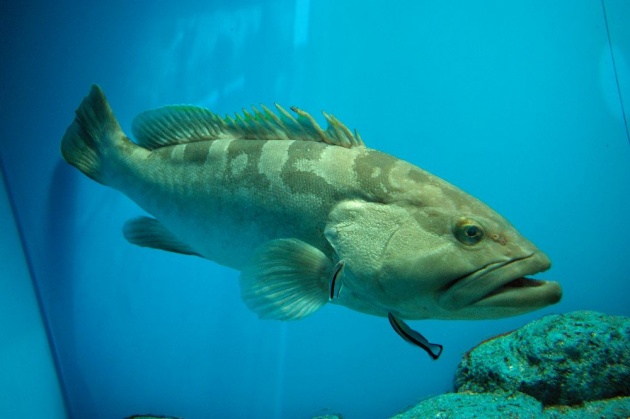
image source: www.google.com
Hello, guys!
I'm back with another topic on nature and biology, which I find very interesting. So, the topic of today is symbiosis in all its forms and varieties. I'll also give some examples of the relationships between species. I hope I'll manage to make it as fun as possible.
First, let's start with the term symbiosis and its definition.
SYMBIOSIS
Symbiosis (from Greek συμβίωσις "living together", from σύν "together" and βίωσις "living") is a close and often long-term interaction between two different biological species.
Three types of symbiosis were described by science (biology) until now. But the term in general simply means the connection or relation between two species living together. And that's also its direct translation. Symbiosis doesn't refer only to animals, but it is also found in plants. It could be the interaction between a plant and an animal, as well. So, botany and zoology are mixed here, as branches of biology. This connection is named differently depending on the benefits the organisms gain from each other. Since everything in an ecosystem is mutually dependent and tightly connected, the two forms of life can affect each other in a positive, negative or a neutral way. Here are the types of symbiosis I mentioned in the beginning of this paragraph:
1. Parasitism
I'll start with this one, because it's the most popular of all and also negative, and then we can focus on the positive sides of symbiosis. Parasitism is observed when an organism is benefiting by another living creature and includes the last one being slightly harmed by that organism. Parasitism shouldn't be confused with predation. They can be easily distinguished by the size of the victim. In predation, the victim is weaker and usually smaller than the predator. Parasitism is just the opposite of it - the host is bigger, and the harmful organism is of a smaller size.
video source: www.youtube.com
2. Mutualism
Mutualism is the win-win situation between two species. They live together, and that living helps them develop, survive or improve in certain ways. The most usual type of mutualism found in the fauna is a big animal and a smaller one, where the bigger protects the smaller while the last one contributes with other smaller tasks. Even though mutualism is the most beneficial relationship that can exist in the wildlife, the term is not so popular. In fact, symbiosis is often used as a synonym of mutualism, ignoring the other forms included in the term.
video source: www.youtube.com
3. Commensalism
In commensalism, one of the species is benefiting from the other while the second one is barely affected by the relation, if affected at all. It could be called a one-sided neutral connection, which has very little impact on the environment and the species. Commensalism is a less known term and describes a slightly modified version of symbiosis in nature.
On a side note, I'll also point out two other types of connections between organisms. Although they are not strictly part of symbiosis, they have very similar definitions. The difference is that in those two relations the organisms don't live together but rather they interact with each other.
Amensalism
Amensalism is a very severe form of interaction where one organism attacks and partially or fully destroys another in order to gain energy or other benefits by this act. By doing that the attacking organism is not harmed in any way.
Neutralism
As the name of the term suggests it, neutralism is when two species interact but with neither a positive nor a negative effect. Opposed to all other forms of interactions, this is the least influential one.
Here comes the interesting part, where I'll take a look at some real-life examples of those processes. And these are examples from the water world, the tropical forests, the mountains, insects, mammals, and plants examples.
Underwater World
Since water makes up more than two-thirds of the surface of Earth, I think it's fair that I start with its flora and fauna. One of the examples of symbiosis under the water are the coral reefs and their inhabitants. The variety of organisms in a coral reef is extremely diverse, so it's natural for these creatures to interact in different ways. The interactions are between corals and fish, smaller fish - bigger fish, and between other underwater animals.
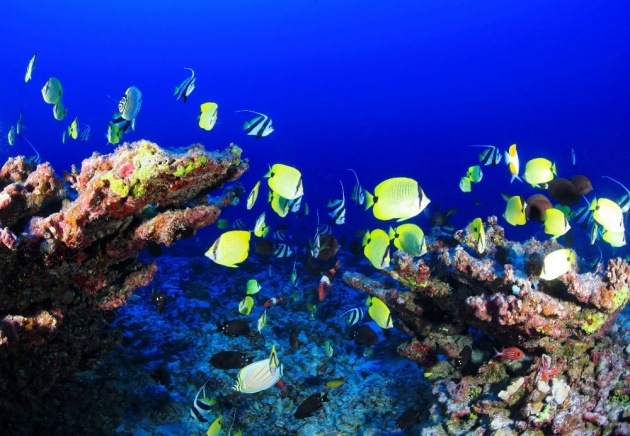 image source: www.pixabay.com
image source: www.pixabay.com
The fish remora is a type of fish which finds a bigger animal, like a whale, shark or similar. The relationship between remora and the fish consists of the small fish removing dead skin and microorganisms from the body of the bigger one. And to do that they practically live together and swim together. Since these fish are small, many of them can be attached to the same whale/shark, because there is enough space for all. The relation between them is known as commensalism.
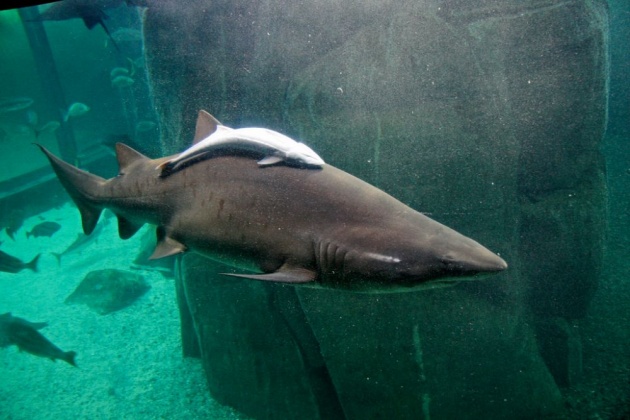 image source: www.google.com
image source: www.google.com
Tropical Rainforests
Similarly to the coral reefs, the rainforests are full of life and species. In a tropical rainforest, there are around five million species, which is an impressive amount. And they all interact in one way or another. An example of an interaction is the higher trees affecting the lower ones. Since there is not enough sunlight reaching the lower levels of a rainforest, those plants have evolved to survive in a darker environment. The highest trees are not affected at all by this relation, but the middle-sized trees are negatively affected by the lack of the required energy.
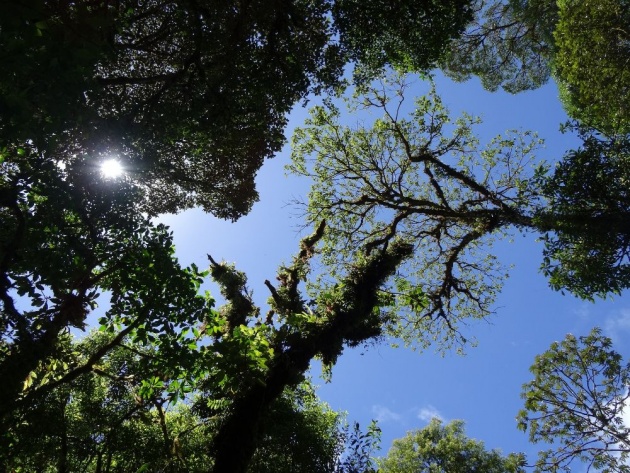 image source: www.pixabay.com
image source: www.pixabay.com
The Mountains
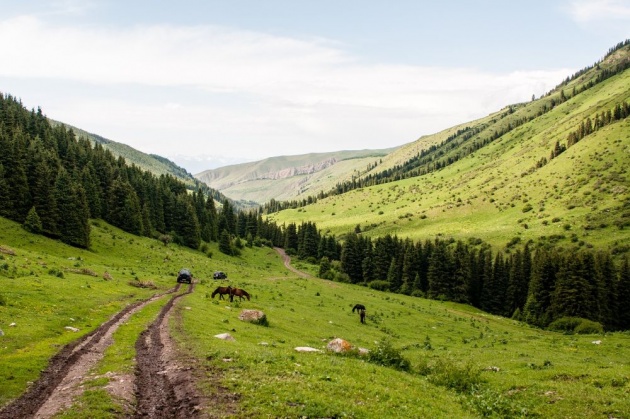 image source: www.pixabay.com
image source: www.pixabay.com
One very common and well-known example of symbiosis in the mountain areas is lichens. Lichens are practically the symbiotic relationship between fungus and alga, and they can be found on mountain rocks. Both species are so tightly related that they almost form an entirely new form of life - which is called lichen. And they are widely spread all over the world.
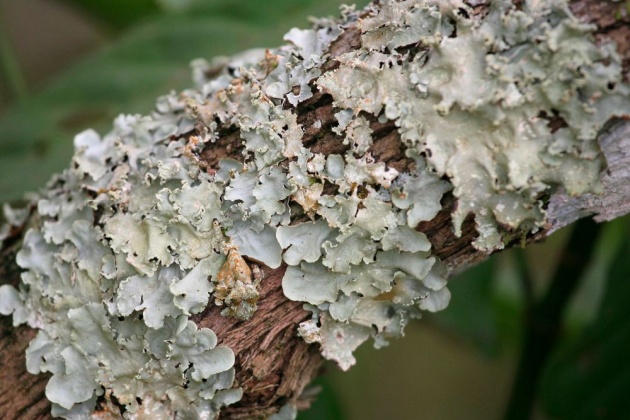
image source: www.google.com
Another relationship is between plants and endophytic bacteria found in the soil - that the plant uses for extracting nutrients - or live directly inside the plants. Endophytes are microorganisms, usually bacteria, and the symbiosis with plants is not causing damage to any of them. On the other hand, plants/grass have a biological relation with herbivores, which use them as food. In this case, the animals are benefited, and the grass is in a neutral position. Even if the plant is actually consumed, it is not harmed negatively as it can grow again.
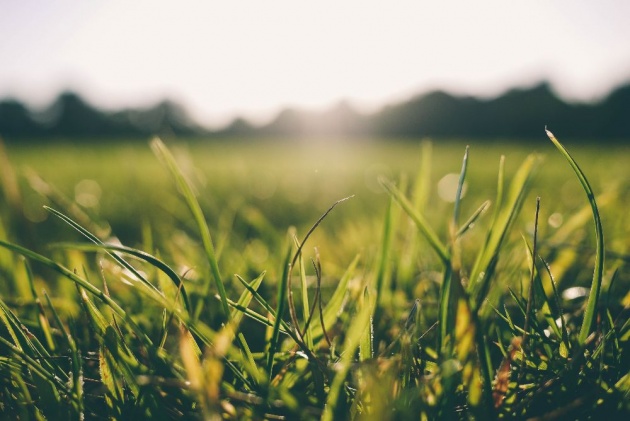 image source: www.google.com
image source: www.google.com
Symbiosis in Insects
According to the statistics, approximately 10 quintillion insects or one million species exist in the world. Compared to humanity, which is a little bit above 7 billion, I believe they are definitely worth mentioning. One very popular parasite is the flea. Of course, the word flea is very general because there are many subspecies of fleas. What they all have in common is that feeding with the blood of other species, they actually affect them negatively. So, the flea is benefiting by other species (usually mammals as cats, dogs, horses, goats), whereas the host, on the contrary, is losing energy and is threatened by epidemics the fleas might spread.
Another example of symbiosis in insects are the nectar-feeding insects, such as bees, flies, butterflies and similar. (There are also birds, which feed on flowers' nectar.) The insects benefit because they acquire food (the nectar) from the blossoms of the plants/flowers. On the other hand, the flowers benefit by the fact, that the insects spread their pollen and help its distribution, and eventually survival of the species. Both uses are extremely important and known as mutualism.
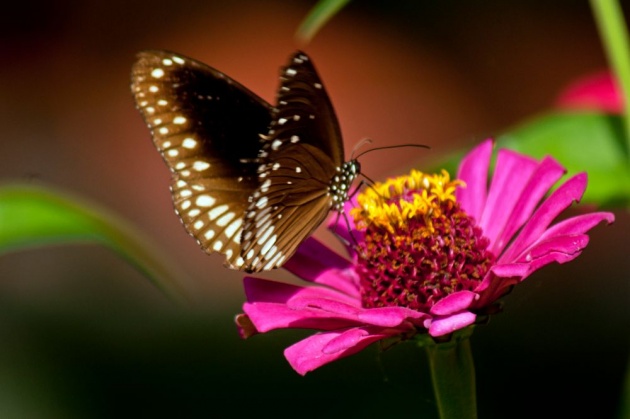 image source: www.google.com
image source: www.google.com
Symbiosis in Mammals
One of the largest, but not the biggest mammal on Earth - the elephant - also enters into symbiotic relations with other animals. It's hard to believe this huge mammal can actually interact, but there are a few species of birds (oxpeckers, cattle egrets) that feed on the surface of the elephant's skin, removing parasites and other microorganisms. This makes the relation even more complicated. Similarly, the bisons interact with birds which help them by eating from their backs. Again, this connection is mutually beneficial to both, the mammal gets rid of harmful parasites, and the birds get food in return. And that is mutualism.
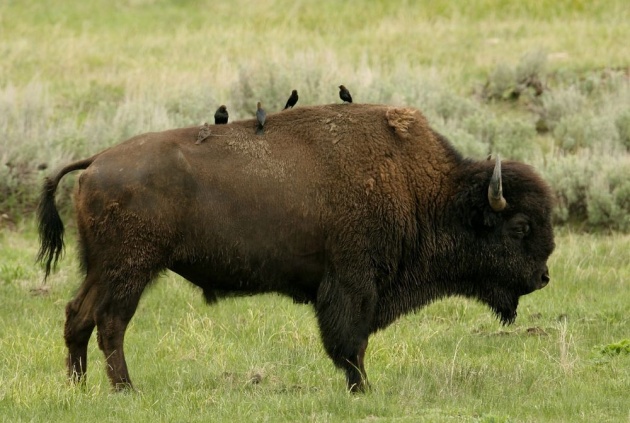 image source: www.pixabay.com
image source: www.pixabay.com
I left it for the last part, but human beings also enter into many symbiotic relations with other species. As part of the ecosystem, we can be hosts for parasites, we can also have mutually beneficial relationships. As one of them is the bacteria in human intestines, which help for improving the work of the organs. Studies give controversial results on whether the bacteria are helpful or harmful for humans. But for me, this relationship is purely mutualistic, as both the human and the bacteria are gaining from it.
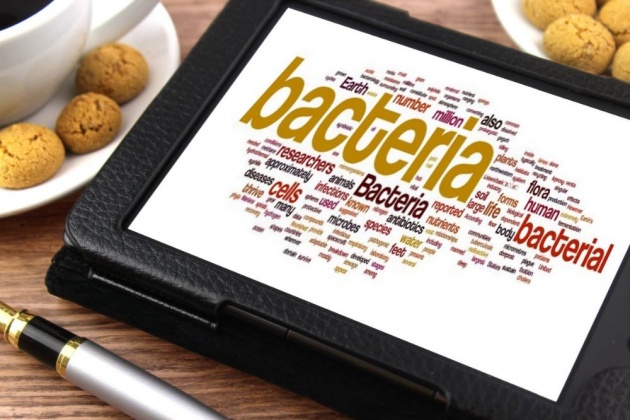
image source: www.google.com
Symbiosis is everywhere around us, in the flora and in the fauna. It's a term from biology (respectively ecology), but the main point is that it describes the relationships in an ecosystem.
That's all for now. Thanks for reading!
- NinaB



